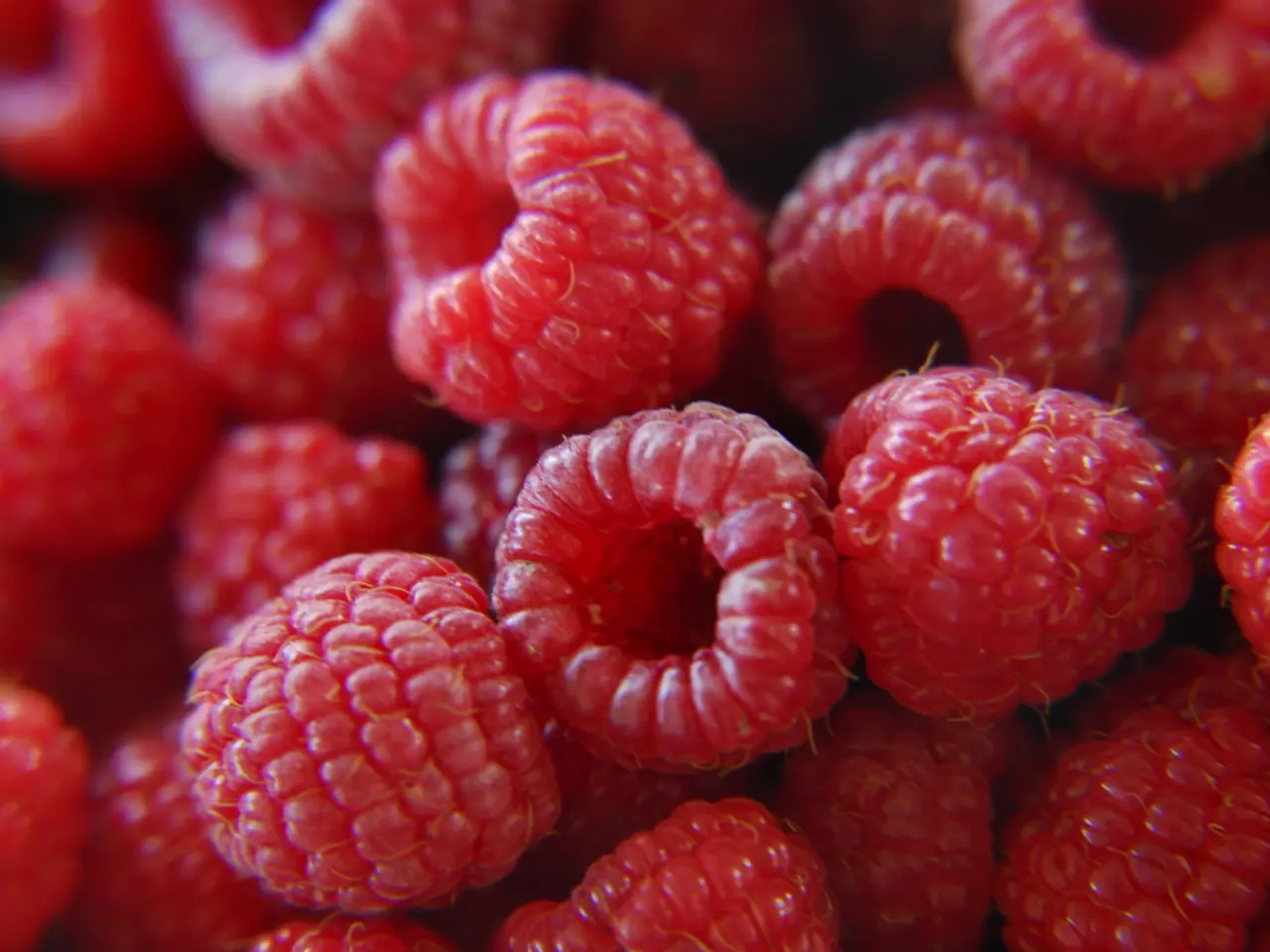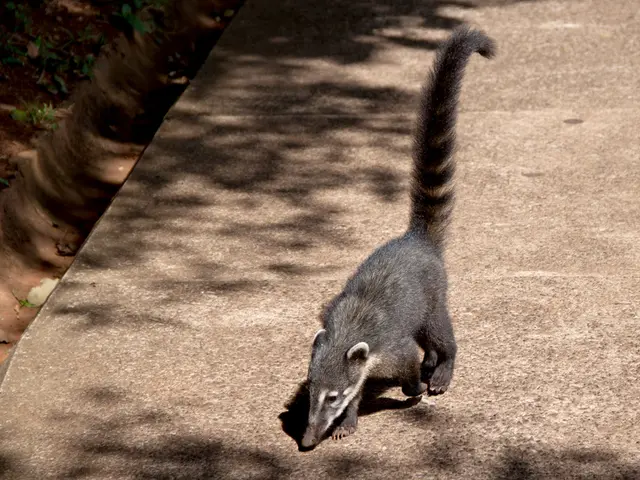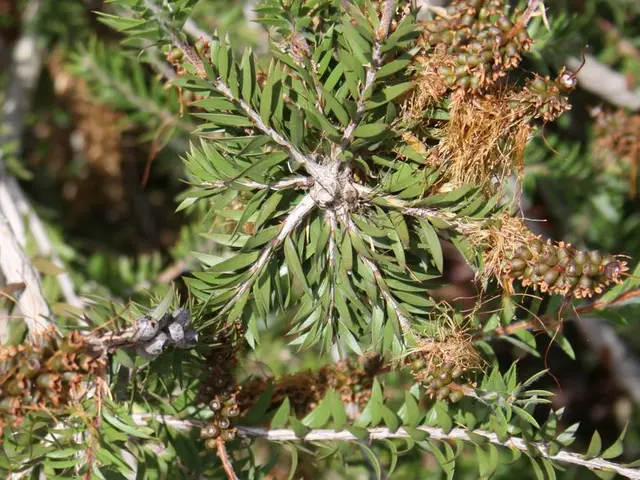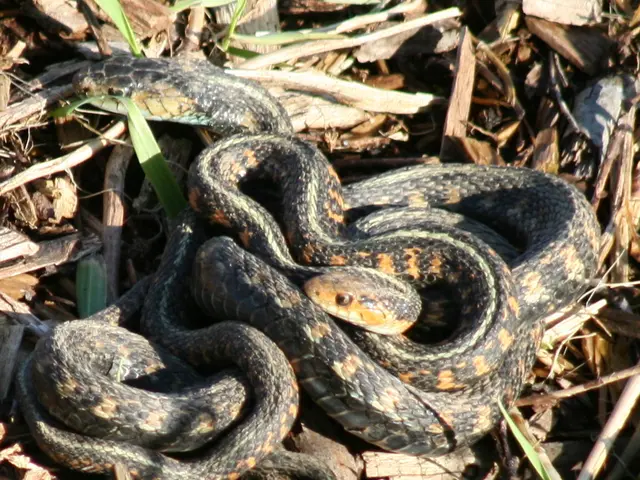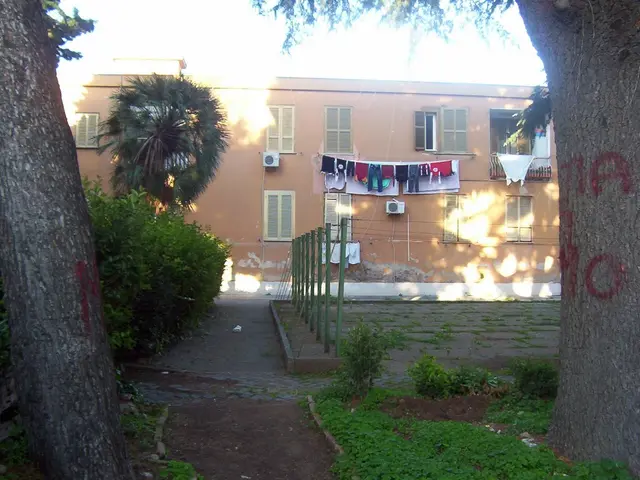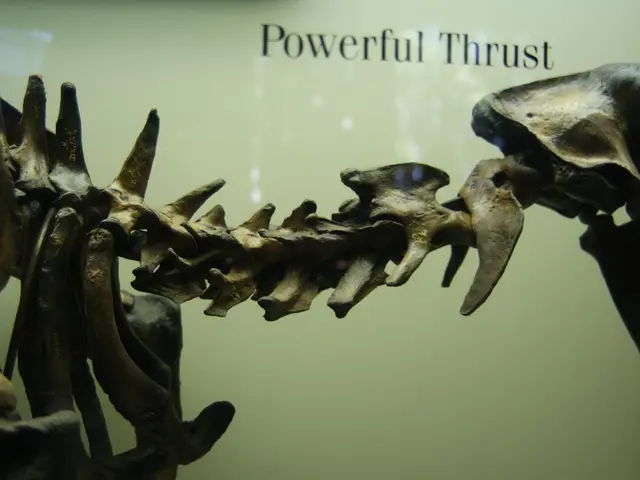Method for Cutting Back Raspberries
Going Berries Berzerk: A Guide to Raspberry Pruning
Growing raspberries is a delightful way to enjoy juicy fruit every year. But, maintaining these scrumptious perennials requires proper pruning, which is an essential part of their care and growth. Let's dive into the world of raspberry pruning on our humble homestead!
We've got a flourishing patch of red raspberries and another that's thriving with black raspberries, accompanied by some wild ones nearby. Oh, how we savor those ruby-red and deep-black treats!
Why Prune Your Raspberry Plants?
Neglecting to prune raspberries can lead to a thorny, tangled mess, making it nearly impossible to harvest the sweet fruits. Furthermore, raspberries that aren't pruned regularly might stop producing altogether. Regular pruning can boost yields, ensuring you have an abundant harvest from these tasty canes!
By rocking the pruning shears, we also maintain the overall health of our plants, as raspberries harbor a tendency to spread out like wildfire without proper care.
When to Prune Your Raspberries?
Each raspberry cane is a two-year wonder. It grows foliage its first year, bears fruit in the second, then dies. But there's a variety of raspberries; knowing your type can help determine the correct pruning technique.
- Summer Bearing Raspberries bear fruit on second-year growth (red and yellow). Once you've enjoyed the berries, chop down the old, brittle canes, leaving the lush, green growth to thrive and produce fruit the following year.
- Ever Bearing (Fall Bearing) Raspberries bear fruit on the current season's growth (red and yellow) and continue to produce another crop the following summer on the same growth. Simply prune the previous year's growth to encourage new growth, leading to a bountiful harvest!
How to Prune Your Raspberry Canes
- Summer Bearing Raspberry Bush Pruning: Cut the old canes to the ground after the harvest, leaving none behind. Remove any damaged, diseased, or weak new growth in the same manner. For a more manageable patch, leave only ten of the strongest canes after your plants are about 3 to 4 years old, removing the rest. In late winter or early spring, you can also trim the canes to a manageable height of 4 feet to prevent them from overtaking their territory.
- Ever Bearing Raspberry Bush Pruning: You can opt for a double crop but prepare for persistent pruning, as it's time-consuming yet produces only a small yield. If you're going for two crops, prune the canes that produced fruit in the early spring, leaving a bit of green at the end. If you're aiming for one large crop, simply cut the first-year growth to within an inch of the ground in the early spring. This method offers a healthier, larger yield and spares you from intensive pruning.
Black Raspberry Bush Pruning:Pruning black raspberries is slightly different due to their growth pattern. In the fall, after harvest, chop down the fruiting canes and remove dead ones. Follow up in the spring by tip pruning new shoots when they reach 3 feet tall, trimming off 3 to 4 inches. Repeat this process after harvest. Like red and yellow raspberries, prune at a 45-degree angle to allow for proper healing.
With a little elbow grease, you'll reap a bountiful harvest of luscious raspberries for years to come. Embrace the great outdoors and rekindle your connection with nature by joining fellow self-sufficiency enthusiasts in our Facebook group, "The Self Sufficient Life," where you can share ideas and tips on living the heritage way of life!
By cultivating a healthy lifestyle and homestead, we can enjoy the rewards of our labor through gardening activities like raspberry pruning. As gardeners, we mustn't ignore the importance of home-and-garden maintenance tasks, such as pruning raspberry canes, to ensure a thriving home-garden and an abundance of ripe, juicy raspberries in our home-and-garden for years to come.
